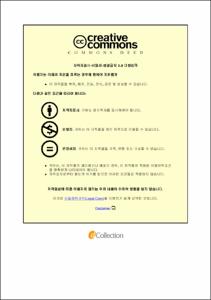중·고급 학습자를 위한 한국어 조사 '은/는' 교육 방법 연구
= A Study on Educational Plans for the Particle ‘eun/nun’ for Learners at the Intermediate and Advanced Level : With a focus on Problem-Based Learning
- Type
- Thesis
- Alternative Title
- 문제중심학습(PBL)을 중심으로
- Department
- 대학원 한국어문학과
- Issued Date
- 2019
- Publisher
- 한성대학교 대학원
- Files in This Item:
-
-
Download
 200000216987.pdf
기타 데이터 / 815.98 kB / Adobe PDF
200000216987.pdf
기타 데이터 / 815.98 kB / Adobe PDF
-
Items in Repository are protected by copyright, with all rights reserved, unless otherwise indicated.